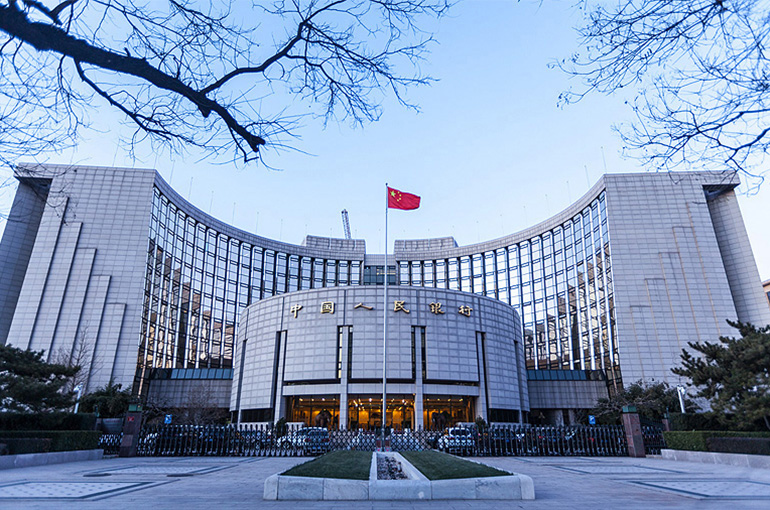 PBOC May Cut Interest Rates, Lower RRR Again This Year, Analysts Say
PBOC May Cut Interest Rates, Lower RRR Again This Year, Analysts Say(Yicai) Aug. 5 -- The People's Bank of China is likely to trim interest rates or reduce banks’ reserve requirement ratio further in the second half, analysts said, after the central bank said at a recent meeting that it will remain focussed on strengthening the momentum of sustained economic recovery and will intensify macroeconomic regulation efforts.
The US’ Federal Reserve will almost certainly trim interest rates in September and this will give China’s loose monetary policy more space to expand, such as through the lowering of interest rates and the RRR, said Wen Bin, chief economist at China Minsheng Bank.
Key tasks for the second half include continuing to implement a prudent monetary policy, preventing and mitigating financial risks in key areas, deepening financial reform, opening up international financial cooperation and continuously improving the level of financial services, the PBOC said on its website on Aug. 2.
The central bank will use tools such as RRR cuts, seven-day reverse repos, medium-term lending facility operations, and temporary reverse repos to ensure ample and adequate liquidity, Wen said. This will support the low bond interest rates. As a result, interest rates are expected to continue to slide in the second half.
Exchange Rate
The Chinese yuan exchange rate should be kept at a reasonable and balanced level and the central bank should firmly prevent the risk of exchange rate overshooting, the PBOC said at the meeting.
The key to achieving exchange rate stability is to restore investor and consumer confidence in economic growth, Yu Yongding, a member of the Chinese Academy of Social Sciences, said in a recent article. More specifically, whether the yuan will strengthen depends crucially on whether China's economy can achieve the 5 percent gross domestic product growth target in 2024, he added.
The central bank should not be overly concerned about the depreciation of the redback unless there is significant speculative activity by international capital shorting the yuan, Yu said. Monetary policy should work together with fiscal policy to further expand the space for monetary policy.
Although there is still pressure on the yuan, external demand is very likely to rebound, Wen said. The exchange rate is expected to stay stable at around 7.1 to 7.3 to the US dollar thanks to a relatively abundant set of exchange rate management tools. And after the Fed lowers interest rates again, the depreciation pressure on the yuan should ease considerably.
Financial Risks
The PBOC will address the need for financial support to mitigate debt risks of financing platforms, resolve financial risks in the real estate sector, implement a CNY300 billion (USD42 billion) relending policy for affordable housing and promote the establishment of a housing system that balances renting and buying, the central bank said at the meeting.
One of the highlights of the current round of real estate policies is the introduction of re-lending for affordable housing, an industry insider said. By the end of the second quarter, financial institutions had issued nearly CNY25 billion (USD3.5 billion) in rental housing loans, and the central bank had issued over CNY12 billion in re-lending funds.
These support mechanisms can help the real estate industry stabilize, the person said. In the future, as business for housing rental agencies improves and the market operates more efficiently, there will be more opportunities in the rental housing market. In the long term, this will also promote an orderly transformation of the property sector.
Editor: Kim Taylor